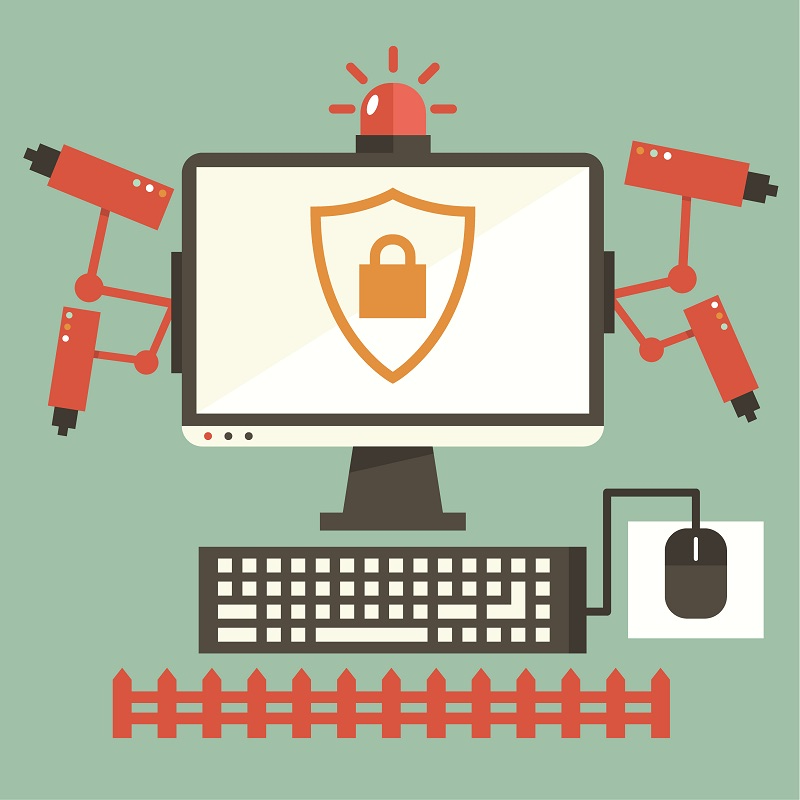What’s the Cost Difference Between Digital and Traditional Business Cards?
Business cards have long been a staple for professionals to share contact information and make a lasting impression. In recent years, digital business cards have emerged

1. Introduction
Business cards have long been a staple for professionals to share contact information and make a lasting impression. In recent years, digital business cards have emerged as an alternative to traditional paper cards, offering a modern, eco-friendly solution. But how do these two options compare when it comes to cost? In this article, we’ll break down the expenses involved in both traditional and digital business cards, helping you decide which option suits your needs and budget.
2. Understanding Traditional Business Cards
Materials Used
Traditional business cards are typically made from materials such as:
-
Standard Cardstock: The most common and affordable option.
-
Premium Cardstock: Thicker and more durable, often with a matte or glossy finish.
-
Specialty Materials: Wood, metal, or plastic for a unique look.
The choice of material significantly affects the cost. For example:
-
Standard cardstock: $0.05–$0.10 per card
-
Premium cardstock: $0.20–$0.50 per card
-
Specialty materials: $1.00–$5.00+ per card
Design and Printing Costs
Design and printing are major cost factors for traditional business cards. Key expenses include:
-
Graphic Design: Hiring a designer costs between $50 and $200, depending on complexity.
-
Printing Costs:
-
Basic designs: $20–$50 for 100 cards
-
Custom designs with premium features (foil stamping, embossing): $100–$300 for 100 cards
For businesses needing frequent updates to their contact details, reprinting costs can add up over time.
3. Exploring Digital Business Cards
Features and Benefits
Digital business cards leverage technology to offer features such as:
-
Interactive Contact Sharing: Tap-to-connect functionality with NFC or QR codes.
-
Customization: Easily updated designs and contact information.
-
Integration: Sync with CRMs, email marketing tools, and social media.
Development and Maintenance Costs
The cost of creating a digital business card depends on the method:
-
DIY Platforms: Tools like HiHello or CamCard charge subscription fees ranging from $0 to $10 per month.
-
Custom Development:
-
Hiring a developer: $500–$2,000
-
Maintenance and updates: $100–$500 annually
While digital cards have ongoing costs, their ability to be updated without reprinting offers long-term savings.
4. Cost Comparison: Traditional vs. Digital
Upfront Costs
|
Expense Type |
Traditional Business Cards |
Digital Business Cards |
|
Design |
$50–$200 |
$0–$500+ |
|
Printing |
$20–$300 per batch |
N/A |
|
Materials |
$0.05–$5 per card |
N/A |
|
Digital Tools/Apps |
N/A |
$0–$10 per month |
Long-Term Costs
Traditional business cards require reprinting whenever details change or stock runs out, whereas digital cards involve subscription or maintenance fees. Over time, digital options often prove more cost-effective for professionals who frequently update their contact information.
Hidden Costs
Traditional Cards:
-
Storage and transport costs for large quantities.
-
Waste from outdated or unused cards.
Digital Cards:
-
Potential compatibility issues with older devices.
-
Learning curve for new users.
5. Environmental Impact and Cost Implications
Traditional business cards contribute to deforestation, water pollution, and waste. On average, producing 100 cards uses approximately:
-
10 liters of water
-
0.5 kilograms of CO2 emissions
In contrast, digital cards have a lower environmental footprint but require electronic devices and internet access, which have their own environmental costs.
Switching to digital cards may involve an initial investment but aligns with sustainable practices, potentially saving businesses money on green initiatives.
6. Use Cases: When to Choose Digital or Traditional
Choose Traditional Business Cards If:
-
Your industry values tangible, physical exchanges (e.g., real estate, retail).
-
You frequently attend events where physical cards are the norm.
-
You want a luxury look and feel.
Choose Digital Business Cards If:
-
You’re in tech-savvy industries (e.g., IT, marketing).
-
You need to update contact information often.
-
You prioritize eco-friendliness and integration with digital tools.
7. The Future of Business Cards
As technology advances, digital business cards are becoming increasingly sophisticated, with features like:
-
Augmented reality (AR) for enhanced engagement.
-
Blockchain for secure and verifiable contact sharing.
-
AI-powered analytics to track interactions.
While traditional cards remain relevant in some industries, the shift toward digital solutions reflects changing professional and environmental priorities.
8. Conclusion
When comparing the cost of traditional and digital business cards, it’s clear that both have unique advantages and limitations. Traditional cards are a timeless choice for physical exchanges, while digital cards offer flexibility, eco-friendliness, and long-term cost savings. By understanding your specific needs and budget, you can make an informed decision that aligns with your professional goals.
What's Your Reaction?



















